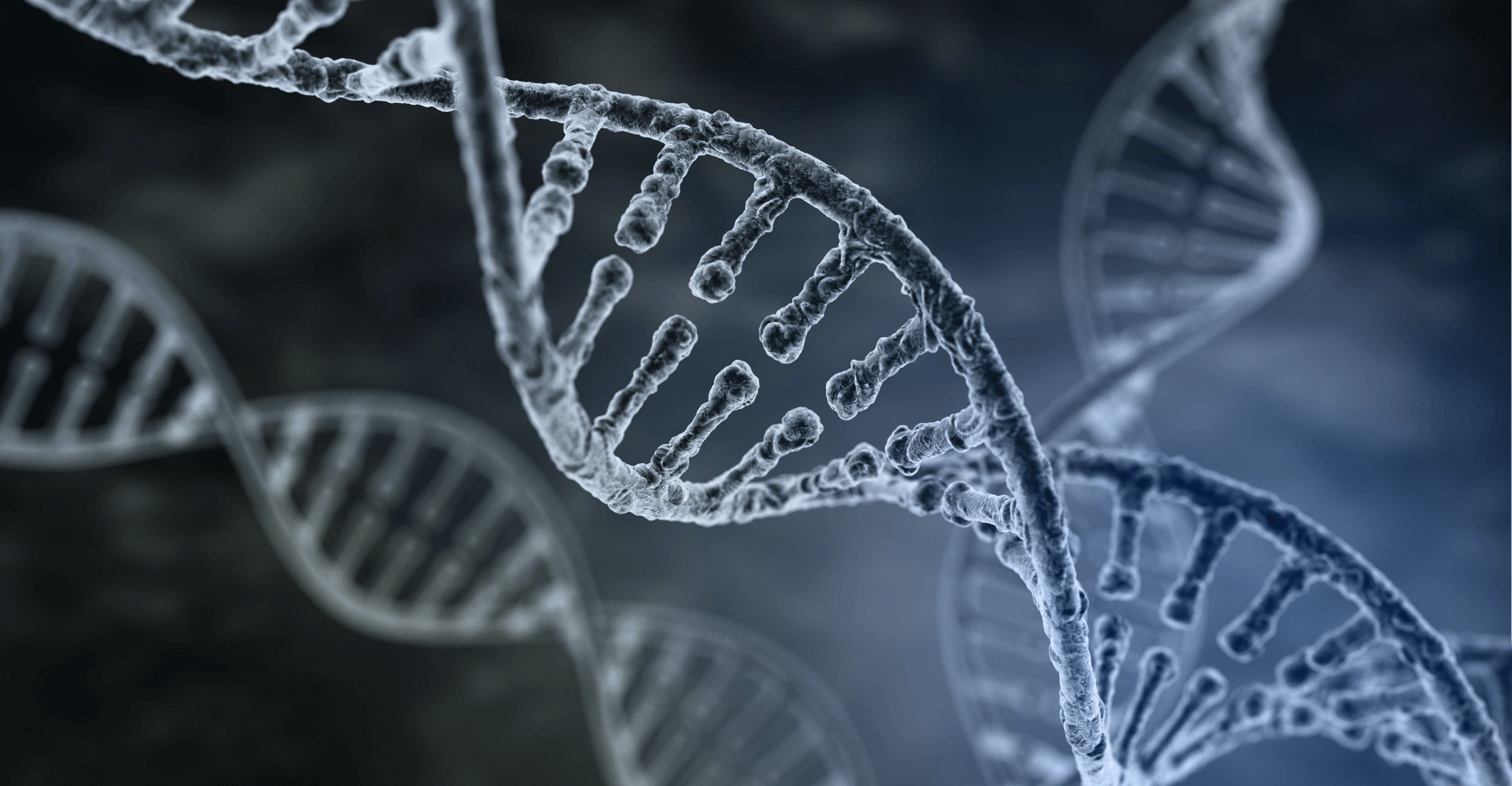Design Engineer
Design Engineers are involved from the point of initial concept of a product/device. Design Engineers design and develop the product to ensure efficiency and suitability against client specification. The responsibilities of a Design Engineer will include prototyping and returning to the design stage as and when is necessary, alongside project managing the whole process including managing the budget, time scales and interacting with the client to ensure match to specification.
Design Engineers work in many different sectors but the most prevalent roles within the medical device industry are as below;
Mechanical Design Engineer – Responsible for the lay out and assembly of mechanical (moving) aspects of the design. Making adaptations to equipment in order to modify to fit design and specification. Mechanical design engineers use computer aided design (CAD) software in order to complete this. They can work with many different raw materials, from metal to optical components.
Electronic Design Engineer – Responsible for developing and testing devices/products and their component parts that rely on electricity as a source of power
Product/Industrial Design Engineer – Responsible for new product development (NPD) or new product introduction (NPI) they oversee the process of designing and developing new products but also for improving the existing product portfolio, in conjunction with engineers from other disciplines
Software Design Engineer – responsible for the theory and application of computer sciences to programmable or reporting devices. They develop algorithms and applications in order for the device to function and are also involved in validation and testing of these processes
Generally, most medical devices will be designed by more than one of these subsets and they work together to ensure that the ultimate device is efficient and usable but also that all the sub disciplines complement each other to work in harmony.

